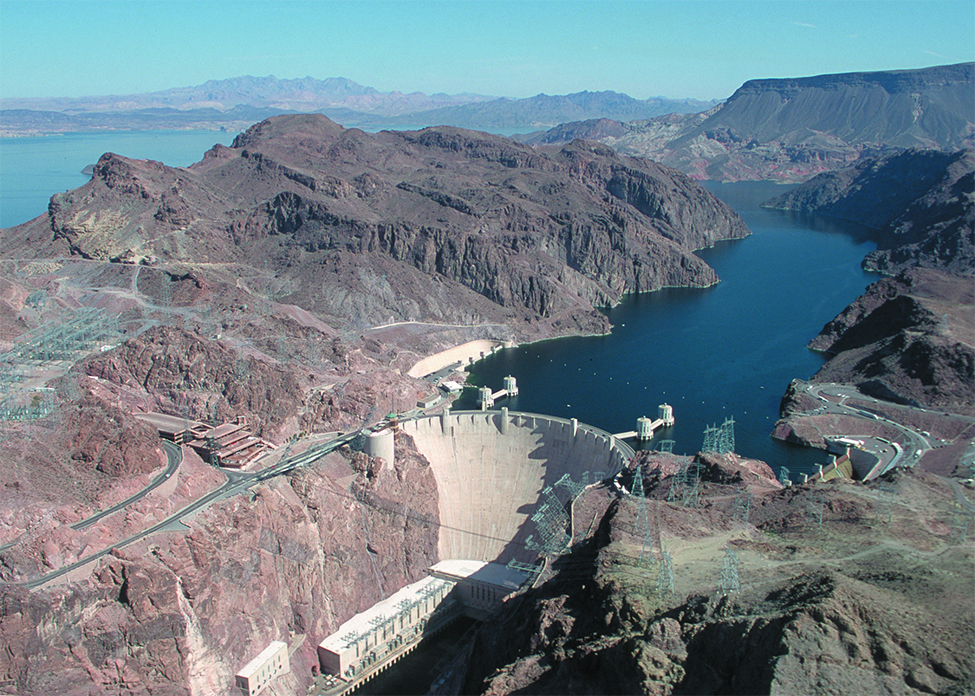
The Hoover Dam is an engineering marvel. When Lake Mead, the reservoir behind the dam, is full, the dam withstands a great deal of force. However, water levels in the lake vary considerably as a result of droughts and varying water demands. Later in this chapter, we use definite integrals to calculate the force exerted on the dam when the reservoir is full and we examine how changing water levels affect that force (see (Figure)).
Hydrostatic force is only one of the many applications of definite integrals we explore in this chapter. From geometric applications such as surface area and volume, to physical applications such as mass and work, to growth and decay models, definite integrals are a powerful tool to help us understand and model the world around us.

